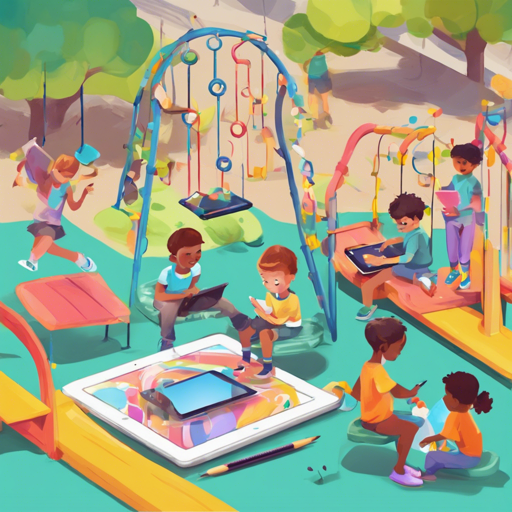If you’re interested in creating enchanting sketched images of children with a playful touch, you’ve landed in the right place! This guide walks you through the amazing functionalities of the FLUX.1-dev-LoRA model for generating delightful sketches that bring a wave of nostalgia and joy. Whether you’re an artist, a developer, or simply a curious creator, this guide will help you dive into the world of image generation.
Setting Up Your Environment
Before we start generating some beautiful sketches, ensure you have the necessary environment set up:
- You will need Python and the PyTorch library installed.
- Install the Hugging Face diffusers library if you haven’t already:
pip install diffusersImage Generation Steps
Let’s walk through the code needed to create charming sketched images using FLUX.1-dev-LoRA.
import torch
from diffusers import FluxPipeline
# Load the pre-trained model
pipe = FluxPipeline.from_pretrained('black-forest-labs/FLUX.1-dev', torch_dtype=torch.bfloat16)
# Load LoRA weights
pipe.load_lora_weights('Shakker-Labs/FLUX.1-dev-LoRA-Children-Simple-Sketch', weight_name='FLUX-dev-lora-children-simple-sketch.safetensors')
# Fuse the LoRA
pipe.fuse_lora(lora_scale=1.5)
# Move to CUDA for better performance
pipe.to('cuda')
# Define the prompt
prompt = "sketched style,A joyful girl with balloons floats above a city wearing a hat and striped pants"
# Generate the image
image = pipe(prompt, num_inference_steps=24, guidance_scale=3.5).images[0]
# Save the image
image.save('example.png')Think of using this code like baking a cake. Each ingredient and step is crucial to create the perfect image. You start by gathering your ingredients (libraries and models), preparing the batter (loading the pre-trained models), ensuring the mix has the perfect flavor (fusing the LoRA weights), and finally, putting it all in the oven (running your image generation pipeline). Each step is necessary to ensure that the final product, the generated image, is delightful!
Exploring the Elements
Here’s a breakdown of the key segments in the code:
- Model Loading: You’re pulling in a specialized model tailored for creating simple child sketches.
- LoRA Weights: Loading these weights is akin to adding an extra layer of flavor to the mix, enhancing how the model creates images.
- Image Generation: This part is where the magic happens – watching your vision turn into a sketched reality!
Troubleshooting
Even the best recipes can sometimes have hiccups. Here are some troubleshooting tips if things don’t go as planned:
- No Images Generated: Check your internet connection and whether the paths to your model and weights are correct.
- Error in CUDA: Make sure your environment has the necessary GPU support and that your CUDA installation is properly configured.
- Installation Issues: Reinstall the required libraries ensuring you’re using compatible versions.
For more insights, updates, or to collaborate on AI development projects, stay connected with fxis.ai.
Additional Resources
If you’re interested in running your model online, try it out on Shakker AI where an interface is provided for convenient image generation!
Conclusion
Now that you are equipped with the knowledge to generate delightful child sketches using the FLUX.1-dev-LoRA model, let your creativity soar! Remember, every image tells a story, and with the right tools, you can illustrate stories that resonate with warmth and joy.
At fxis.ai, we believe that such advancements are crucial for the future of AI, as they enable more comprehensive and effective solutions. Our team is continually exploring new methodologies to push the envelope in artificial intelligence, ensuring that our clients benefit from the latest technological innovations.

